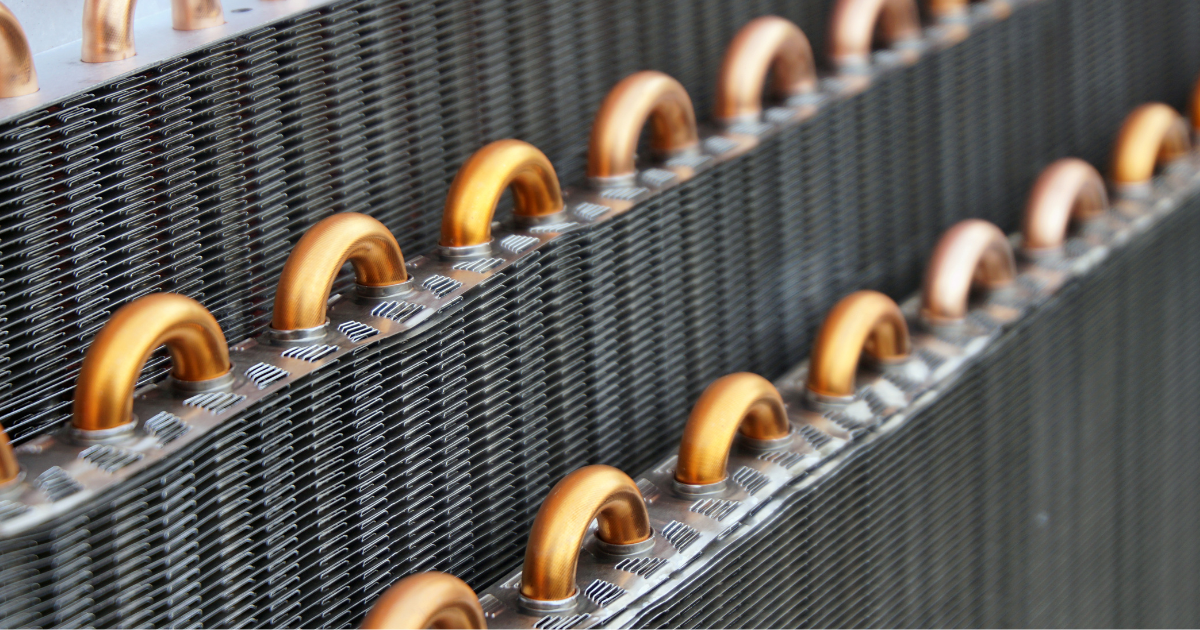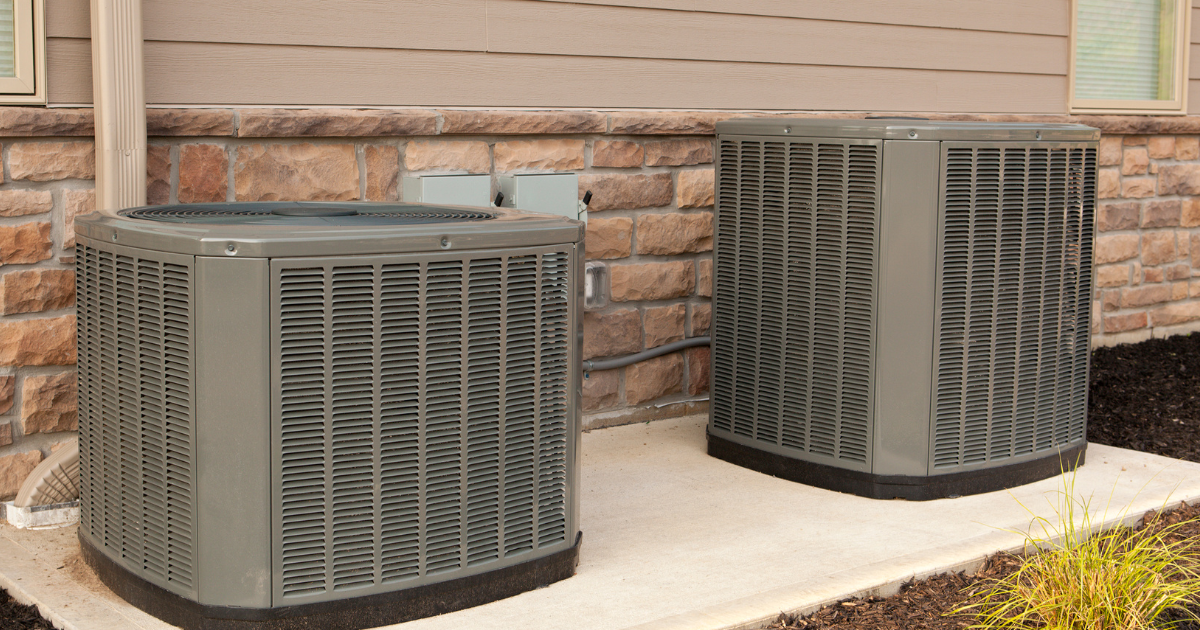All About Central Air Conditioning
Whether you have central air conditioning or window units, you know how complicated these cooling and heating systems can be, especially if you’re having trouble with heating or cooling your home. In the heat of the summer, especially in North Carolina, we know all too well how important it is to have working cooling systems. Keep reading to find out more about central air conditioning:
Central air conditioners circulate cool air through a system of supply and return ducts. Supply ducts and registers (i.e., openings in the walls, floors, or ceilings covered by grills) carry cooled air from the air conditioner to the home. This cooled air becomes warmer as it circulates through the home; then it flows back to the central air conditioner through return ducts and registers. To learn how central air conditioners compare to other cooling systems, check out our Energy Saver 101 Infographic: Home Cooling.
Air conditioners help to dehumidify the incoming air, but in extremely humid climates or in cases where the air conditioner is oversized, it may not achieve a low humidity. Running a dehumidifier in your air conditioned home will increase your energy use, both for the dehumidifier itself and because the air conditioner will require more energy to cool your house. A preferable alternative is a dehumidifying heat pipe, which can be added as a retrofit to most existing systems.
If you have a central air system in your home, set the fan to shut off at the same time as the compressor, which is usually done by setting the “auto” mode on the fan setting. In other words, don’t use the system’s central fan to provide air circulation — use circulating fans in individual rooms.
Types of Central Air Conditioners
A central air conditioner is either a split-system unit or a packaged unit.
In a split-system central air conditioner, an outdoor metal cabinet contains the condenser and compressor, and an indoor cabinet contains the evaporator. In many split-system air conditioners, this indoor cabinet also contains a furnace or the indoor part of a heat pump. The air conditioner’s evaporator coil is installed in the cabinet or main supply duct of this furnace or heat pump. If your home already has a furnace but no air conditioner, a split-system is the most economical central air conditioner to install.
In a packaged central air conditioner, the evaporator, condenser, and compressor are all located in one cabinet, which usually is placed on a roof or on a concrete slab next to the house’s foundation. This type of air conditioner also is used in small commercial buildings. Air supply and return ducts come from indoors through the home’s exterior wall or roof to connect with the packaged air conditioner, which is usually located outdoors. Packaged air conditioners often include electric heating coils or a natural gas furnace. This combination of air conditioner and central heater eliminates the need for a separate furnace indoors.
At Barber Heating & Air, our HVAC experts in Burlington, NC know it is hard to have a cool you and a cool summer at the same time, especially when you are not sure if the coolness is worth the cost. With Barber Heating & Air, we make sure your cooling needs are met with affordable and reasonable prices!
Request Service
"*" indicates required fields


